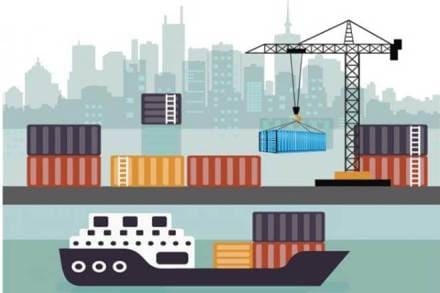We are not part of RCEP, and Japan is also holding its breath. These dissensions are the surface manifestation of the complexities of advance and retreat in the relationship between the tiger and the elephant. We had joined the Asian Infrastructure Investment Bank (AIIB) that was financed by China, but also had a contribution from us, to design and run it for our development banking experience in a market economy. Delving into it can explain the context of the recent dissensions on RCEP.
Last year, AIIB’s third annual meet was held in Mumbai. There was a preparatory meet in Ahmedabad I was asked to chair, where interesting issues were raised. The concentration of efforts in India of AIIB was on urban infrastructure. An issue raised by me, and supported by Prof Amitabh Kundu (chaperoning the meet on behalf of RIS and Assocham), was that the urban and the rural in India are a continuum, and not separated by strong policies as in the Chinese model, where a person needs a permit to shift to an urban area.
First issue was the definition of ‘urban’ for such financing. I pointed out that during 2001-11 intercensal period, over 40 million kisans moved to what were called census towns. These were urban towns according to census, but state governments preferred to keep them ‘rural’ because of the politics of remaining panchayats. Ignoring them as urban settlements means that the most dynamic aspects of Indian rural-urban linkage were being ignored, that too for infrastructure provision. Chinese bank officials found it difficult to grasp that in a fast-growing economy, its agro-based non-grain commodity base—milk products, animal husbandry, vegetables, fruits—was the dynamic section.
It is not easy for the more specialised RCEP smaller countries to appreciate this, hence the pleas to India to fall in line. The Chinese paradigm is different. Infrastructure needs of transport, markets, first-stage processing are huge. Smart City systems in India also ignore these needs. Infrastructure financing bodies must fill up gaps. While private and community investments were needed, the state has to provide gap-funds for mobilisation. I reminded the meet that during a visit to a Walmart store outside Shanghai, I found a section in which farmer cooperatives and producer organisations, as we would define them, were given space as partners.
There is a need to support newer kinds of farmer organisations. Farmers’ producer companies have expanded in a big way. In spite of the initial hesitation and, in fact, hostility by a FICCI group, a great number of private sector conglomerates later took interest in collaborating with such farmer companies. The need for initial financing for such arrangements for drawing in private rural savings and other financial sector savings to finance rural infrastructure was tremendous. A number of these new kinds of arrangements were noted as important in the upsurge of agro exports. Again, working capital needs could also be financed. The meeting recognised that it is these newer areas of rural-urban linkage that are being focused on, and this requires training and research back-up to sustain the momentum.
There was a debate on the fact that as regards land, there were a number of farmer producer movements in India protecting the interests of the farmer. Term lending experts thought of this as a hindrance, but some town planners and NGO participants argued that in many cases there was a lot of strength behind the movements of small farmers, dalits and adivasis, and it was important to configure processes that included them in investment and development system rather than seeing them as bottlenecks to be eliminated. The meet noted that a number of professional town and country planners had their first field experience in such movements.
In Ahmedabad, architect BV Doshi, town planner Christopher Benninger and I had started the School of Planning in the 1970s. Its earlier batches cut their teeth sitting with demonstrators in the slums of Gulbai Tekra in Ahmedabad in the mid-1970s, to stop tractors from moving in. Our Chinese friends would not fully understand. During a visit to China, the mayor of Shanghai told me he had relocated 60,000 persons in four months. I had to confess that as the chairman of the Narmada Planning Group, it took me two-and-a-half decades to rehabilitate 22,000 families, now all well settled in their new communities. Infrastructure development stories differ across Asia. Make haste slowly.
The author is a former Union minister
